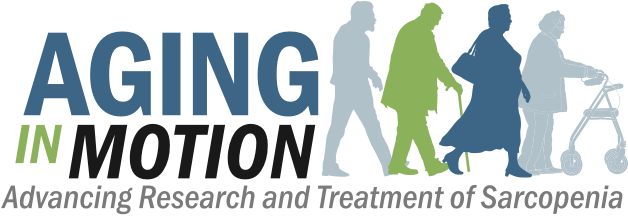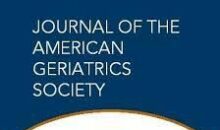LIFE Study Paves the Way for Treating Sarcopenia and Functional Decline in the Elderly
The aging population presents greater long-term health care challenges than ever seen before by doctors, nurses, caregivers, and patients themselves. Though we now enjoy an extended life span (the fastest growing segment of our population are those who are aged 90 years and older), many individuals face multiple and complex chronic conditions such as heart disease, diabetes, pulmonary diseases and obesity. Such patients are often left with limitations in physical strength and ability to complete basic activities of daily living (ADLs), resulting in functional decline, dependence and reduced quality of life.
In spite of assumptions made in the past that such challenging patients would not respond favorably to interventions that include physical activity and exercise, recent research reveals that the reality is quite the opposite.
The Lifestyle Interventions and Independence for Elders (LIFE) Study, conducted in 2004, compared the effects of a program of moderate-intensity physical activity, which included aerobic, strength, balance, and flexibility exercises, to a “successful aging” health education program that consisted of light stretching and educational workshops on relevant issues of aging (travel, diet, exercise, etc.). The goals of the program were to determine the long-term effects of a proactive exercise intervention to prevent or alleviate mobility disability, which is defined as the inability to walk 400 meters. Secondary goals include the effects of physical activity interventions on fall prevention, cognitive function, abilities to perform activities of daily living, as well as cardiovascular and pulmonary events – all of which significantly contribute to independent living and improved physical function and quality of life for older patients.
The results of the study revealed that, regardless of the presence of simultaneous comorbidities or disease, the older patients responded favorably to the physical activity program, especially in regards to quality of life, overall health and abilities to perform physical tasks (including performance in the SPPB assessment and 400 meter walk). This study suggests that intervening in the area of mobility and preventing disability can have a significant effect on the overall health and quality of life for the aging population and should perhaps become a priority in future research and geriatric care.
The LIFE Study is significant not only because it is the first study of its kind to close research gaps and definitively show the positive effects that a more proactive and aggressive physical activity intervention for vulnerable, older patients, but also because it provides researchers with a successful model for future studies. As our health care community and nation continue to grapple with the detrimental, costly and pervasive problems of functional decline and sarcopenia, the LIFE Study and the road that it lays for future research will be crucial to the health of our aging population.
Many citations about the LIFE Study can be found on the study’s website including:
Fielding, RA; et al. The Lifestyle Interventions and Independence for Elders Study: Design and Methods. Journal of Gerontology Series A: Biological Sciences Medical Science. 2011 November;66A(11):1226–1237.
Groessl, EJ; et al. Health-Related Quality of Life in Older Adults at Risk for Disability. American Journal of Preventive Medicine, Volume 33, Number 3.
Life Study Investigators (full list can be found in PDF). Effects of a Physical Activity Intervention on Measures of Physical Performance: Results of the Lifestyle Interventions and Independence for Elders Pilot (LIFE-P) Study. Journal of Gerontology: MEDICAL SCIENCES 2006, Vol. 61A, No. 11, 1157–1165.
Rejeski, W.J.; et al. The lifestyle interventions and independence for elders (LIFE) pilot study: Design and methods. Contemporary Clinical Trials 26 (2005) 141–154
Rejeski, WJ; et al. Physical Activity in Prefrail Older Adults: Confidence and Satisfaction Related to Physical Function. Journal of Gerontology: PSYCHOLOGICAL SCIENCES 2008, Vol. 63B, No. 1, 19–26.
Other citations not on the website include:
Guralnik, JM; Ferrucci, L. Assessing the Building Blocks of Function: Utilizing Measures of Functional Limitation. American Journal of Preventive Medicine 2003;25(3Sii), 112-121.
Kwon, S, et al. What is a meaningful change in physical performance? Findings from a clinical trial in older adults (the LIFE-P study). Journal of Nutrition Health and Aging 2009 Jun;13(6):538-44.
Studenski, SA; et al. Physical Performance Measures in the Clinical Setting. Journal of the American Geriatric Society 51:314–322, 2003.
Perera, S; et al. Meaningful Change and Responsiveness in Common Physical Performance Measures in Older Adults. Journal of the American Geriatric Society. 54:743–749, 2006

